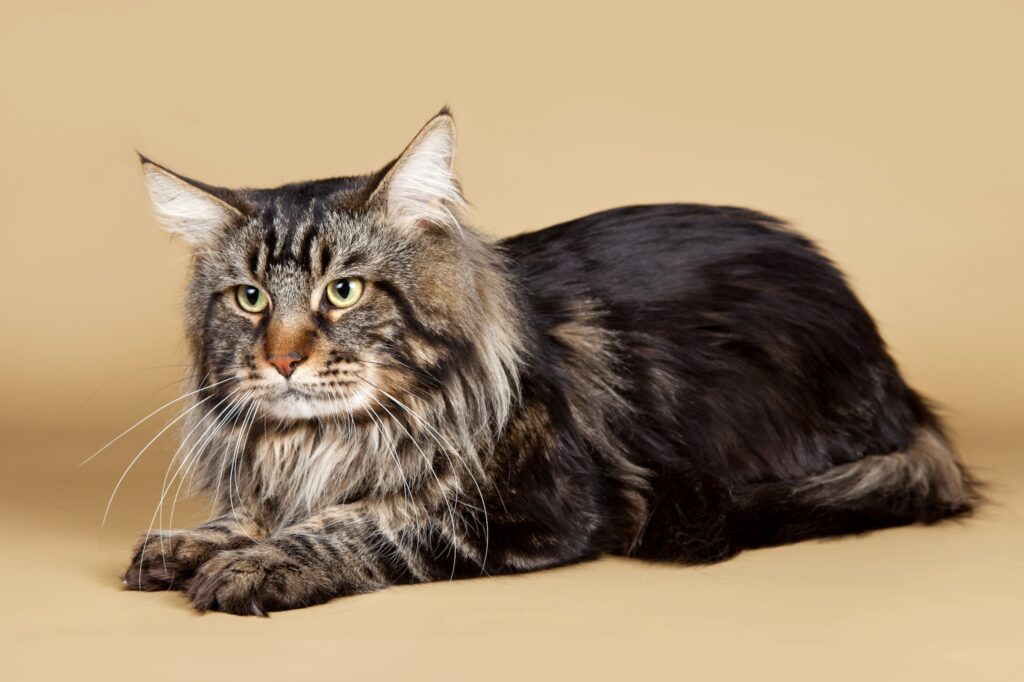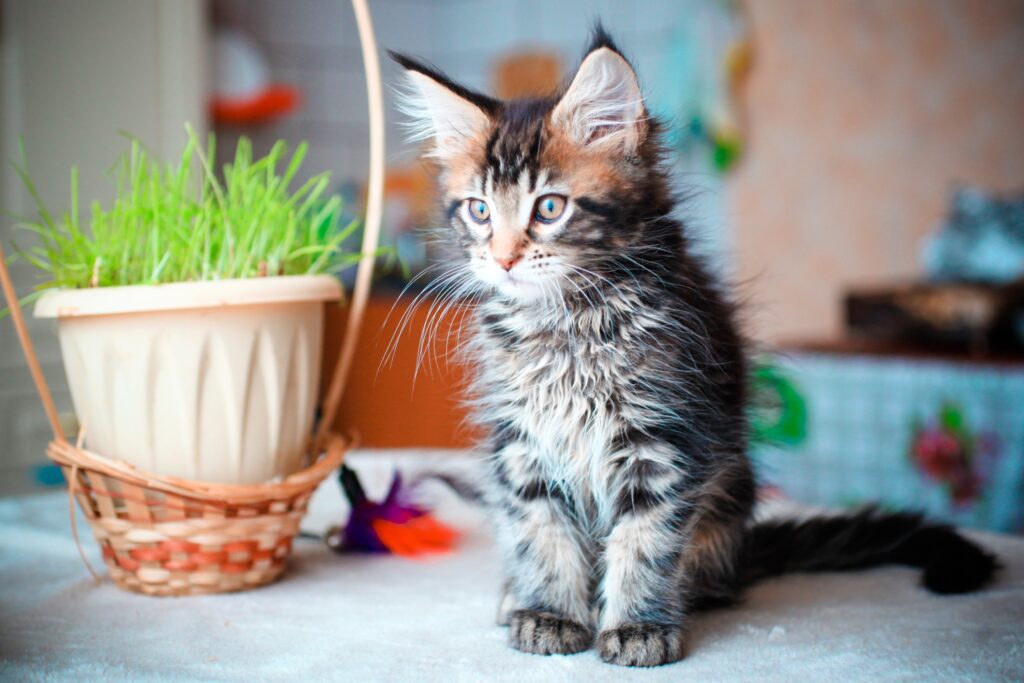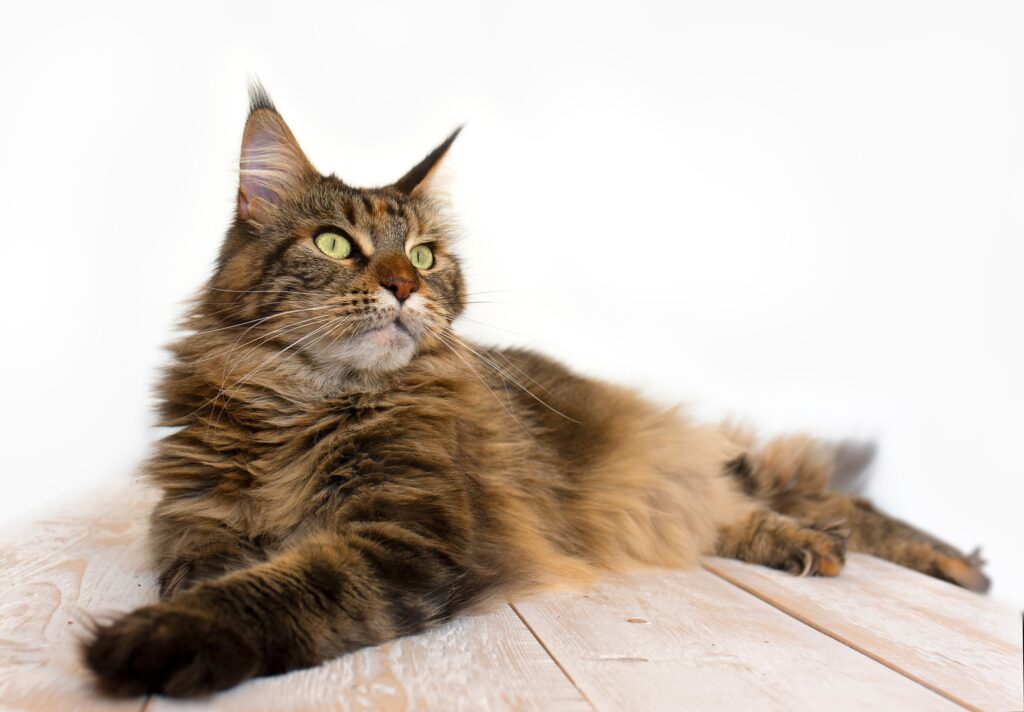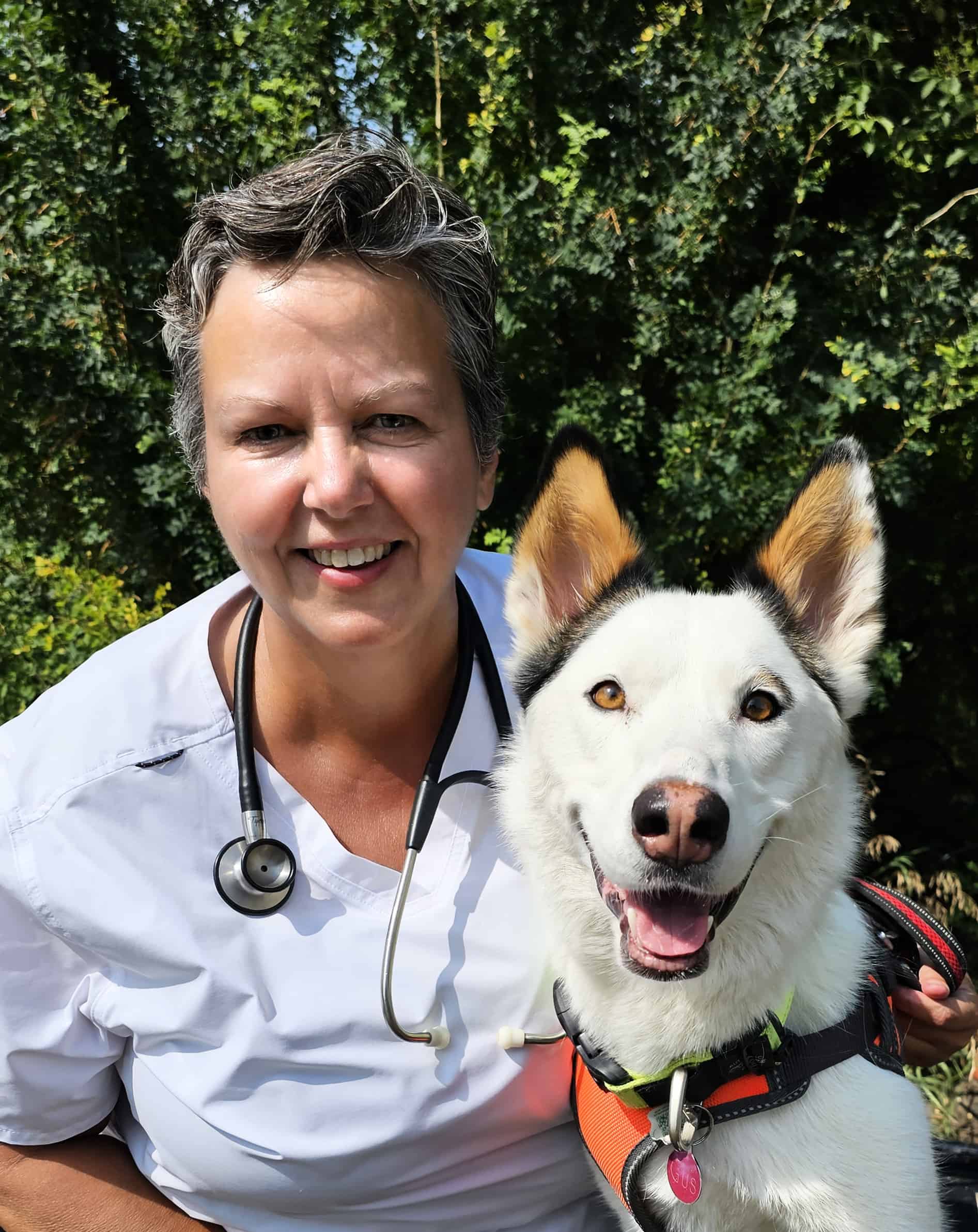Cats come in many shapes and sizes. But which is the largest domestic cat breed of them all, you wonder?
The Maine Coon is considered the largest non-hybrid cat breed. These cats weigh between 10 to 25 pounds, with females being smaller than males. They can easily reach up to 40 inches in length, tail included. The world record for the longest cat is held by a Maine Coon cat measuring 48.5 inches long.
With larger size comes some additional responsibility as an owner- and while both large and small cats can make wonderful companions- owning a bigger feline has some unique considerations.
Read on to learn more about the largest domestic cat breed, and what makes them so special.
The Largest Cat Breed – Maine Coons
The ancestry of Maine Coons is uncertain, although they are thought to be related to Norwegian forest cats or Siberian forest cats that were brought to North America by settlers during the 19th century.
The breed as we know it today originated in the state of Maine, hence its name. It was recognized by the CFA (Cat Fanciers Association) in the mid-1970s and was named the official state cat of Maine in 1985.
The breed is now the third most popular cat breed in the world, according to the CFA registry records.

Main Coon Cat Appearance
The Maine Coon is an impressive-looking cat with its large size and long silky fur. The coat can be short to medium length in a range of colors and patterns. They have a thick ruff around the neck and tufted ears.
Their body is muscular, their chest is broad, and they have long, thick tails. Maine Coons also boast large paws that are well-suited for walking on snow.
Unique Personality Traits of the Maine Coon
These cats are known for their intelligence and their affectionate nature. They are considered to be the perfect companion cats, as they are loyal and devoted to their family.
Maine Coons are known as gentle, laid-back cats that love to play and cuddle. They are also very sociable cats, and they often form strong bonds with other animals and humans.
Maine Coons tend to be vocal cats and they love the sound of their own voice! Their vocalization is quite unique and includes chirps, trills, and chatter, although real meows are rare.
Maine Coon Cat Health Concerns
Maine Coons are predisposed to several genetic health conditions, including feline hypertrophic cardiomyopathy, spinal muscular atrophy, and polycystic kidney disease.
Large cat breeds are prone to size-related health issues, and the Maine Coon is no exception. In particular, hip dysplasia is known to be a problem in this breed, with up to 25% of cats being affected to some degree.
Maine Coons also have problems with entropion, a condition in which the eyelids roll inward toward the eye. This can cause irritation and even damage to the eye if not treated.

Other Large Cat Breeds
Aside from Maine Coons, a few other breeds can grow to be quite large and rival the Main Coon for the title of the largest cat breed. These include the Ragdoll, Ragamuffin, Norwegian Forest Cat, Siberian Cat, and Savannah Cat.
- Ragdoll Cat: This breed ranges from 10 to 20 pounds and, like the Maine Coon cat, is known to reach 25 pounds s at times.
- Ragamuffin Cat: This breed is very similar to the Ragdoll cat, with the main difference being coat color. These cats weigh between 10 and 20 pounds.
- Norwegian Forest Cat: Ranging between 12 and 18 pounds, the largest males can weigh up to 22 pounds and they can be as long as 48 inches when stretched out.
- Siberian Cat: This breed is known for its thick coat and muscular body, reaching up to 17 pounds.
- Savannah Cat: These cats are hybrid cats, originating from a cross between the African Serval and a domestic cat. They can weigh up to 25 pounds. The world record holder for the tallest living cat is a Savannah, standing 18.83 inches tall.
Large Cat Breeds Reach Maturity Later
Large cat breeds tend to take longer than other cats to reach maturity. These breeds can take up to three or four years before they reach their full size. And because of their large size, they can be as big as a full-grown cat while they are still actually kittens!

Pros and Cons Of Having A Large Breed Cat
Owning a large cat breed comes with its own set of advantages and disadvantages. On the plus side, these cats are generally affectionate, intelligent, and enjoy human interaction.
On the other hand, they do need more food than the average cat and require more space to exercise. They may also be too large for some homes or apartments, especially if you have multiple cats in the house.
So, if you are considering owning a large cat breed, it’s important to do your research and make sure that it is the right fit for your lifestyle.
Conclusion
It’s easy to fall in love with the irresistibly lovable Maine Coon cat, the world’s largest domestic cat breed. They’re quite the majestic animals and they certainly know it.
But keeping one of these magnificent cats requires serious thought, as it comes with its own set of challenges–especially when it reaches full size.
If you’re seriously considering adding a Maine Coon to your family, make sure you understand its typical needs and behaviors so that everyone stays happy and content. Do your research to decide if a large cat breed is for you before flying headfirst into owning a Maine Coon.



